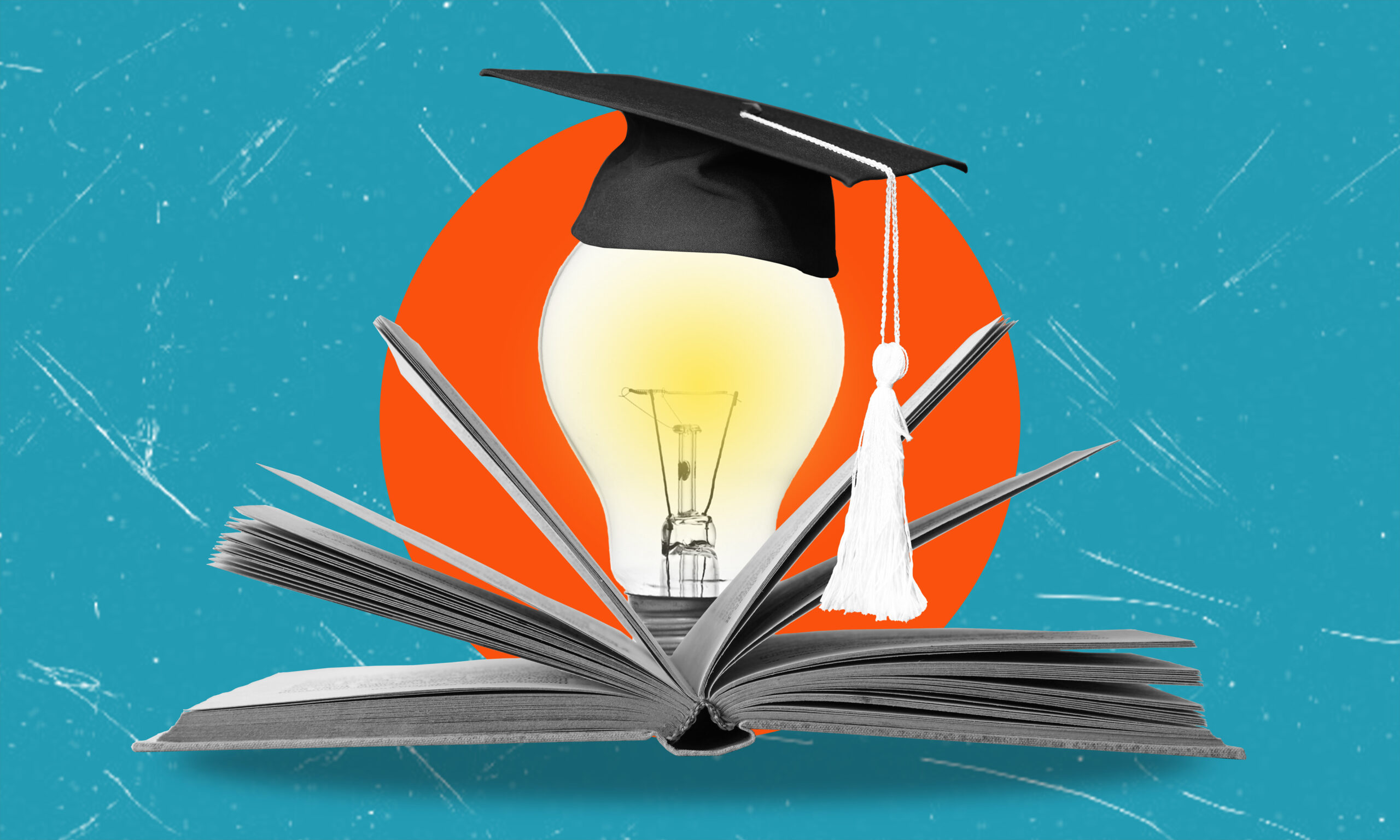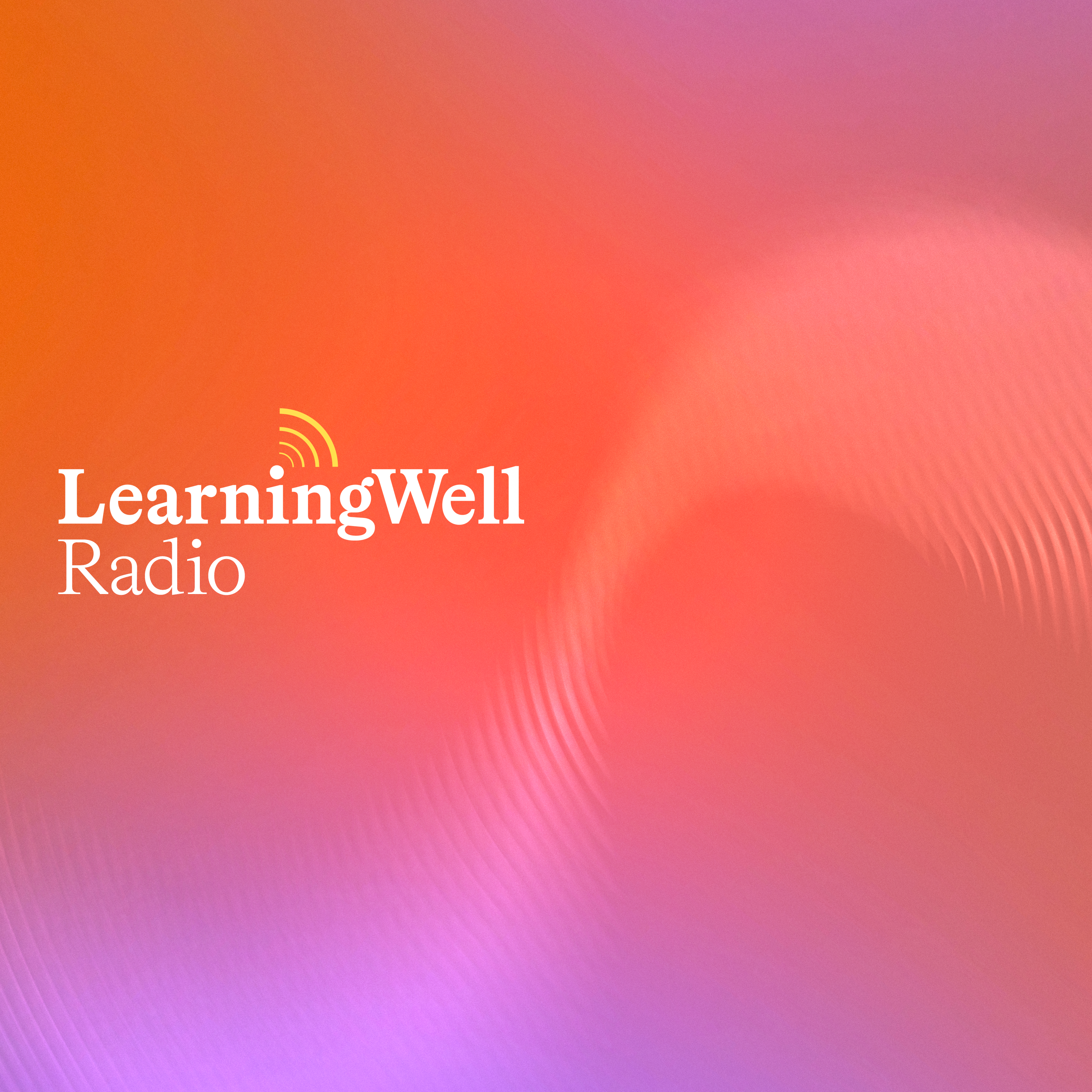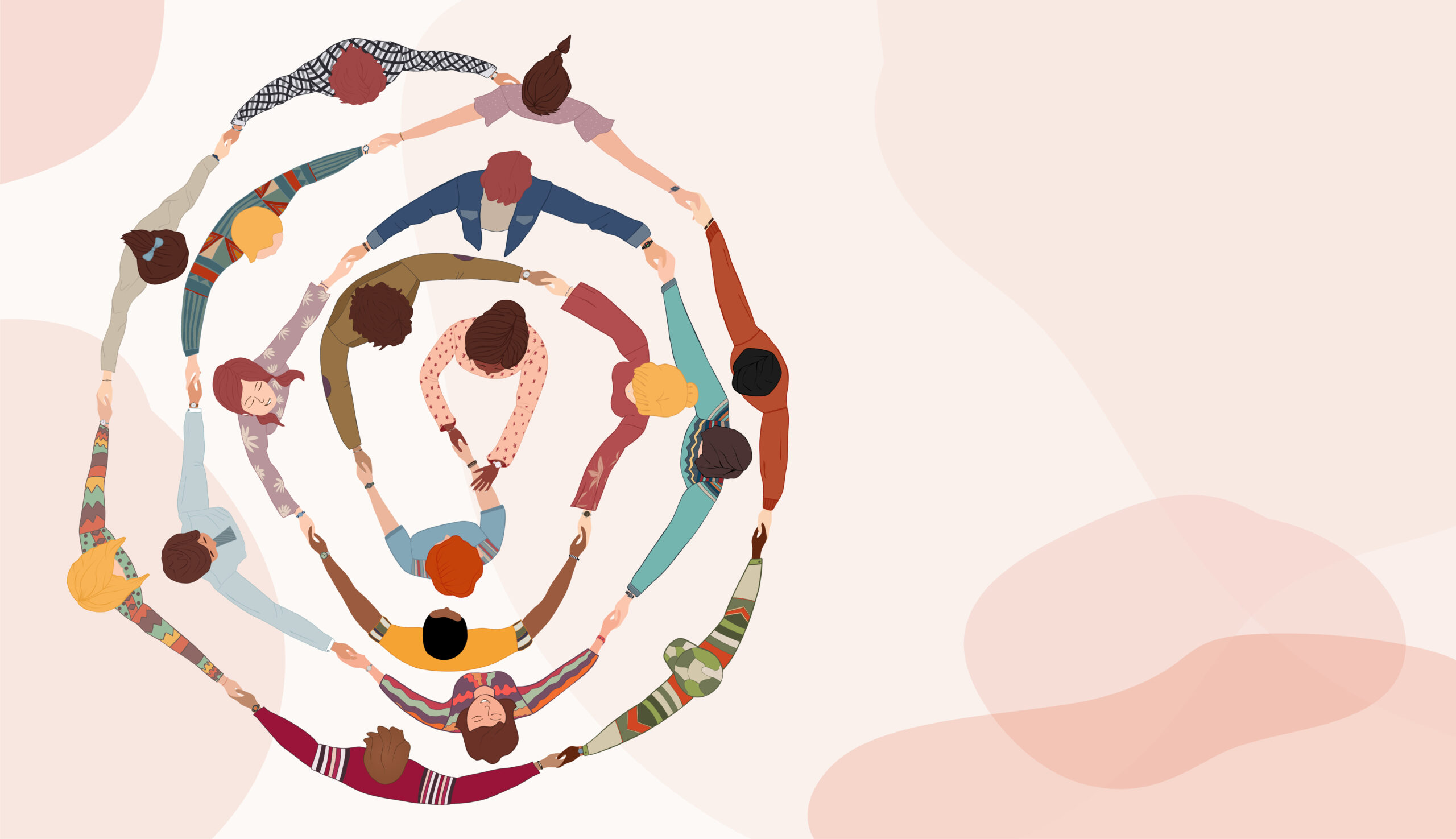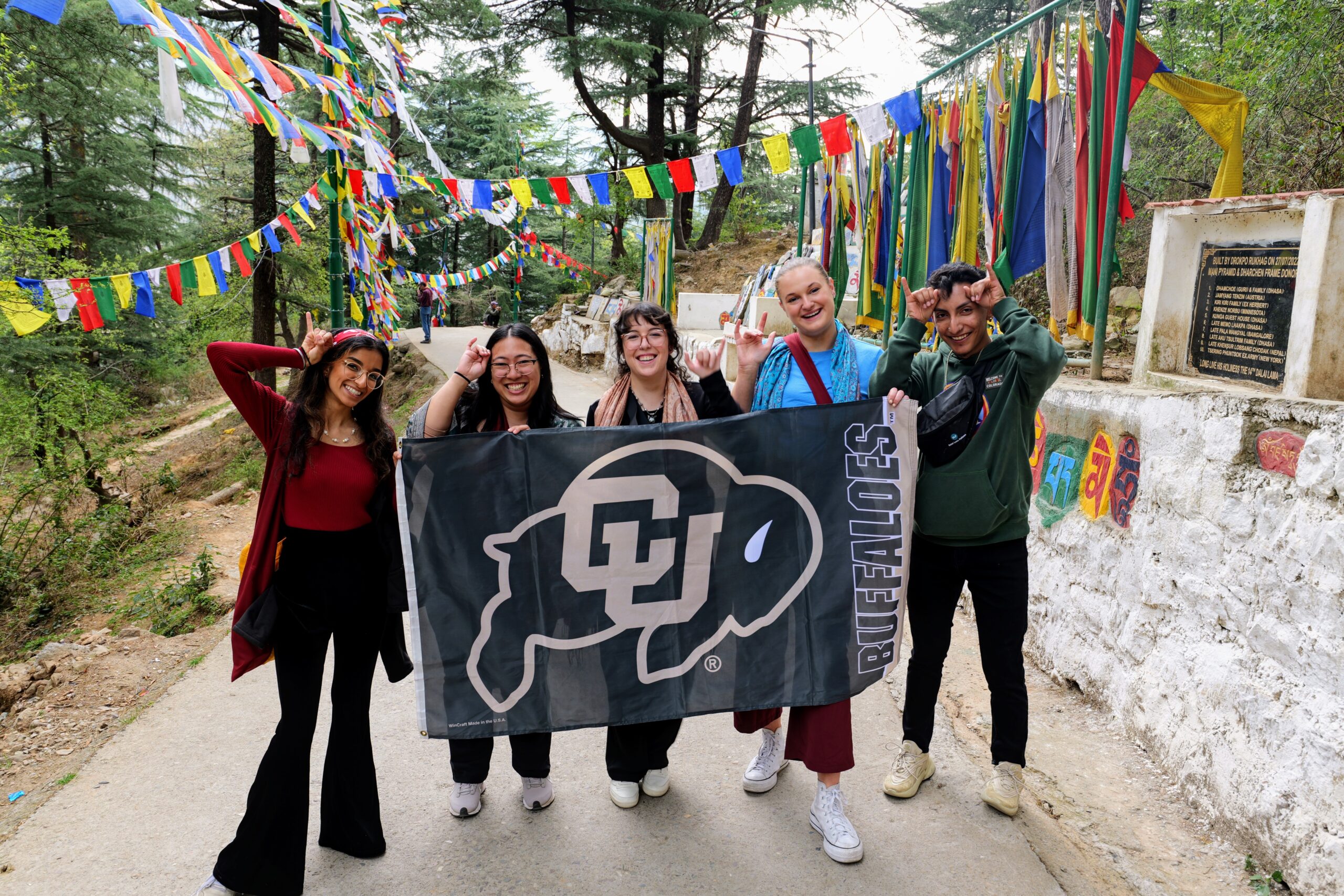For more than a decade, colleges and universities have been relying on the Healthy Minds Study to help them understand the mental health of their students and those at other schools throughout the country. Indeed, this annual indicator and benchmark has become the bellwether for the state of college student mental health, capturing the dramatic increase in the prevalence of mental health issues among college students beginning around 2014.
But as important as this survey data continues to be, the Healthy Minds Network’s principal investigators, Drs. Sarah Lipson and Daniel Eisenberg, stress that surveillance is only the start of a larger public health approach to helping every student on campus thrive. This mindset has led to strong partnerships with institutions and non-profits working to understand how mental health data can be interpreted and applied, particularly when it comes to policy changes and institutional investments.
The latest example of this research-to-practice approach is a new report by the Healthy Minds Network, UNCF (United Negro College Fund), and the Steve Fund on the mental health and wellbeing of students at Historically Black Colleges and Univeristities (HBCUs) and Predominently Black Institutions (PBIs). Released earlier this month, the report, “Flourishing: Bolstering the Mental Health of Students at HBCUs and PBIs,” ties Black students at HBCUs to better mental health outcomes than both Black students at Predominantly White Institutions (PWIs) and a national sample of students of all races.
Akilah Patterson, the study’s project manager and a Ph.D. candidate at the University of Michigan School of Public Health, said she was unsurprised by the results. Citing the strong sense of community HBCUs foster as a reason for students’ apparent wellbeing, she said, “nothing can really replace that.”
The concept and funding for the study came from UNCF, a major advocate and donor to HBCUs and their students. It partnered with the Healthy Minds Network to lead data collection and assessment, while the Steve Fund, a nonprofit promoting mental health among young people of color, contributed expertise.
Between spring and fall 2023, more than 2,500 students from 18 different HBCUs responded to a tailored version of the Healthy Minds Study. They answered questions from the standard Healthy Minds Study, along with a “Black College Mental Health Module,” added to provide insight into the Black college student experience.
The results suggest relatively better wellbeing among HBCU students across a number of scales. HBCU students report to be flourishing more (45% compared to 38% of Black students at PWIs and 36% of students nationally) and experiencing more campus belonging (83% compared to 72% of Black students at PWIs and 73% of students nationally).
The results suggest relatively better wellbeing among HBCU students across a number of scales.
While loneliness is endemic among students everywhere, significantly fewer students at HBCUs (56%) are experiencing “high loneliness” than Black students at PWIs (58%). Students at HBCUs are also less likely to keep negative feelings to themselves (74%) than Black students at PWIs (86%) or students nationally (83%).
Patterson said the wellbeing of HBCU students is an understudied area. “It’s not that it hasn’t been studied at all,” she explained, “but it hadn’t been studied in this way, on such a large scale, and also using some of the measures we chose to use.”
In addition to insight into how HBCU students are already thriving, Patterson’s study suggests their institutions have room to improve support. Financial anxiety, for example, is the most reported stress factor among students at HBCUs. Twenty-three percent of HBCU students, compared to 18% of students nationally, say their financial situation is “always stressful”—an indicator correlated with greater risk of having one or more mental health problems.
Students’ financial struggles can be difficult for their institutions to tackle, Patterson said. But she hopes research like hers, and other projects going forward, encourage the kind of investment in HBCUs that, in turn, provides relief for the students. Empirically, she added, she believes the research “speaks for itself.”
“We’ve been doing the work. HBCUs have been very committed for decades to the success and excellence of their students, and that’s not going to change.”
The Flourishing Factor
The spirit of this latest report from the Health Minds Network reflects an evolution of sorts for the data leader, along with many of its peers in the mental health research community. Their stronger focus on “flourishing” allows for greater examination of the many determinants that comprise mental health, such as financial wellbeing.
In its 2023-2024 report, the Healthy Minds Network made headlines with news of slight improvements in student mental health, which had been trending negatively for several years. Lipson was particularly inspired by the 6% increase in student flourishing for several reasons, including the fact it is an outcome colleges mayhave some level of control over.
“The web of causation for flourishing is much wider and often within an institution’s control,” she said. “When we think about what goes into flourishing—a sense of belonging, decreases in isolation, maximizing our built environment—there are levers here that institutions can pull, maybe not all of them, but more so than depression or anxiety.”
Flourishing has many definitions but is most often associated with healthy growth in a variety of domains. So anyone can flourish, with or without a mental health diagnosis. Additionally, while anxiety and depression are still alarmingly prevalent, not all students will experience either. From a public health perspective, flourishing is an outcome that is relevant to the entire population.
Lipson said what is important about this measure, and indeed all of this research, is it helps administrators understand where to spend time and money based on what the evidence suggests is the best investment. To this end, the Healthy Minds Network has launched the creation of a best practices repository. While still a work in progress, the repository will provide that advice for a number of campus interventions.
What is important about this research is it helps administrators understand where to spend time and money based on what the evidence suggests is the best investment.
“What we should be investing in from a population, public health approach is a really difficult question given what little data currently exists,” Lipson said. “With the data repository, you can go to a publicly available resource and consider, ‘What are my options? What does the evidence look like? What schools have implemented this successfully, and who could I talk to there?’”









